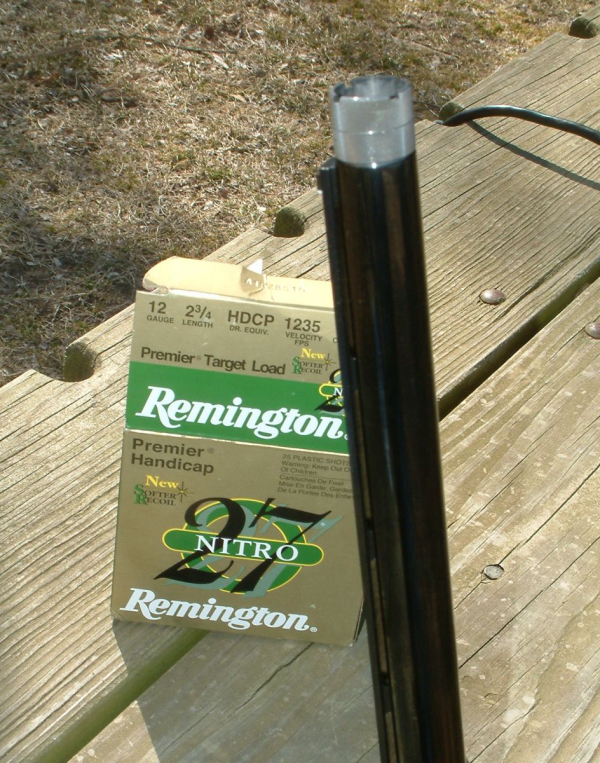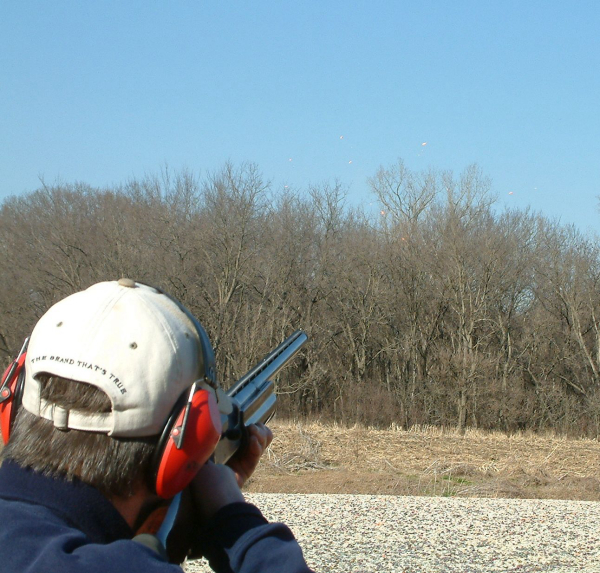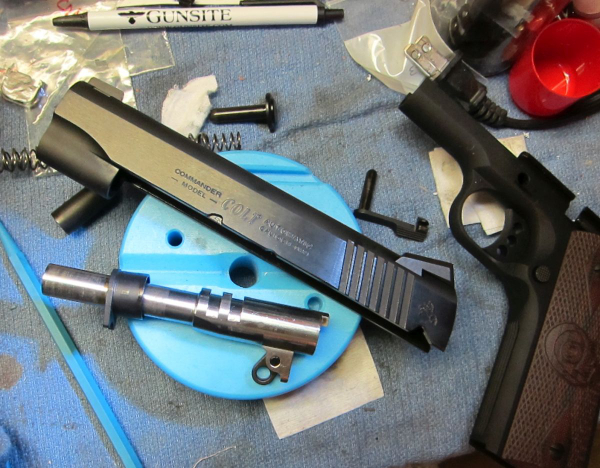A discussion about one of our recently departed associates led to questions about various issues he’d potentially have been involved in. The details don’t matter but it led to an inquiry about a particular shooting incident. The opening hit was solid, but the offender didn’t stop. This led to in-depth questioning, investigation and the human tendency to blame “stuff” instead of people.
The initial results were predictable, but the long-lasting nature of the aftermath was not. The ammo companies have stepped up and, very likely, produce better defense and hunting ammunition – to say nothing of match ammo – than ever.

Still, it’s mass production and the individual rounds of ammo are small, with a number of potential problem areas. The discussion shifted to modern ammo production quality. The stand-outs? Ammo that was defective.
Everyone has their own horror stories – talk to an experienced ammunition reloader sometime about his/her “Oops!” moments; we all have them.
When it’s critical for the ammo to work, what are we talking about?

At the risk of the “old man” syndrome of repeating myself, allow me to repeat myself: my primary concern is ignition reliability, followed by functional reliability. That’s followed up by ensuring the ammo “hits where I look.”
The ignition reliability is tough. I don’t know if that primer will light or, if it does, if the powder will light. I can help prevent it from failing by not lubricating my ammunition.
Before anyone laughs, we’ve seen it before. During an annual safety and serviceability inspection, I was called into the armory. The armorer had removed all the deputy’s ammo from each magazine, inspected it for visual flaws and had it setting case-head down on cardboard. When he went to reload the magazines, he saw he could read the headstamp of each round in oil left on the cardboard.
He asked the deputy what happened … I won’t repeat the response, but he had lubricated his ammo. The rangemaster put the ammo into a box for the range bin and we tested it on the next range day. Nearly no round fired on the first hit. If it didn’t fire the first time, it was dead as a hammer. Penetrating oil penetrates. It did and killed primers and powder.

That’s a user malfunction. Speaking of user-malfunctions, I once took a two-day shooting school. For me, it was expensive and it involved travel, three nights away from home. Add lodgings, meals, etc. I used a pistol that had a very tight chamber. I shot a considerable amount of factory ammo from that gun. For savings, I elected to use some factory remanufactured ammo for the class. The first round from the first magazine had that gun so tied up, it took a committee and considerable violence to strip the round from the chamber.
Fortunately, I brought another gun – with mags and holster. I switched them out and went through the class without a hitch. That is not the ammo’s fault. I failed to check. Rarely factory ammo has some issues.
I’ll supply no pictures of mis-seated bullets, pressed into the case while tipped to the side. I won’t post a photo of a cartridge sitting up out of a range chamber-gauge or a premium target shotshell losing pellets from a bad crimp. I won’t even look for the old print photo I had of a cartridge with the primer seated upside down. The pictures you see here show the good stuff.
But it happens. Based on quality checks I’ve seen at some ammo making facilities, it’s hard to fathom how those rounds get out – but, as everyone in the process is human, it’s inevitable that some mistakes will slip through.
Whether you’re trying for a Distinguished badge, breaking a hundred straight, cleaning a qualification course, heading to an expensive shooting school, shooting for classification in a shooting discipline or heading to a match, you want to make sure the ammo’s good.
What can you do?

It’s time consuming and it’s time well spent. Visually inspect every round. Make sure everything that’s supposed to be round is round and not smashed, ensure the primer’s right-side up, and feel for oil. It doesn’t hurt to wipe the rounds with a non-oiled cloth after handling, before boxing. Check the crimp on handgun, levergun, shotgun ammo.
Match-winner, coach of champions and actual expert George Harris handles auto pistol ammo this way: he pulls the barrel from his field-stripped pistol and does the “drop” test. Each round is dropped into the chamber “to ensure it enters and exits without restriction.”
Smart move.
Now, if the cartridge case has no flash hole – to allow burning primer gas to enter the powder chamber of the cartridge, I can’t help you. That has (on extremely rare occasions) happened.
If it does, you better have a “Plan B.”
— Rich Grassi